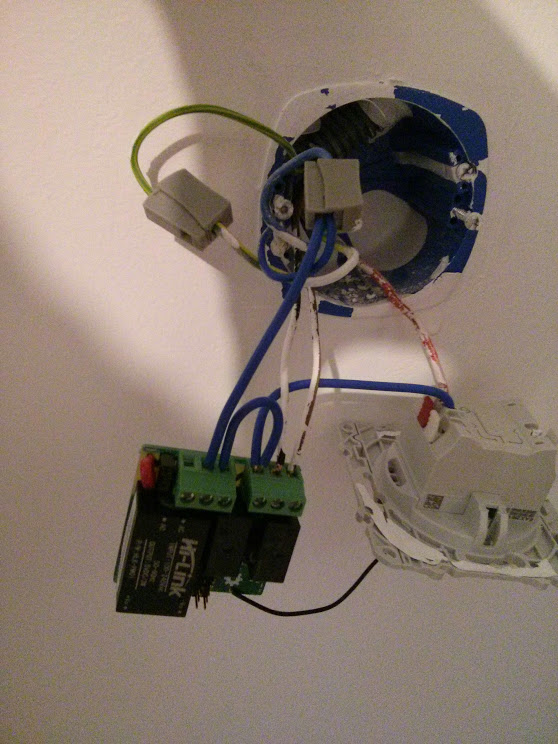Roller Shutter
-
@ddos
thx. of course! i will print an insulating box with some air vents. and i will add some liquid tape for isloating the pads ;)for software, i need some time to clean and test it. and i am playing with others things+ etc.. I already shared the sketch with only one beta tester here, for the moment. but of course i will share it asap :)
-
@ddos
thx. of course! i will print an insulating box with some air vents. and i will add some liquid tape for isloating the pads ;)for software, i need some time to clean and test it. and i am playing with others things+ etc.. I already shared the sketch with only one beta tester here, for the moment. but of course i will share it asap :)
-
-
-
-
What happened with this project? Has been abandoned or finished successfully?
Have you tried automatic calibration? -
Yes this is a finished project on my side.
You can get more informations about this project here https://www.openhardware.io/view/22/Roller-Shutter-Node -
Yes this is a finished project on my side.
You can get more informations about this project here https://www.openhardware.io/view/22/Roller-Shutter-Node -
Hi! Is this thread alive? I found this and it's a great piece of soft+hw. Immediately aborted my attempt and adopted this one.
It has however some space for imrovements. So far I have identified two issues that I needed to correct:
-
Report current position of the rollershutter. It's needed by my controller (openhab via mqtt) in order to show the real position of the shutters. It's working.
-
The openhab controller also happens to have reversed the 0-100 percent concept of closed/opened, so I reversed that in software.
Are you interested in having some pull request with these modifications? I'm glad to do that.
Thanks a lot for your effort.
Regards
-
-
Hi @Guillermo-Schimmel , right now I'm just trying to do what you did. I'm interested in building a home automation system based on openhab and a raspberry pi from scratch, which reliably controls the roller shutters at home. I have already built one in the past, very basic, which using some relays turns on and off the lights and allow to simulate the pressure of the buttons at home raising and lowering the blinds. However it lacks to indicate their real position, and moreover, by pressing physical buttons at home, their new state (fully up or down) can not be communicated to openhab, so I can't know if they are really up or down. So I decided to start from scratch building also a new control unit for the shutters. The hardware of this project is extremely interesting, but I can not figure out how to interface it with openhab.
My idea would therefore be to build two control units, a primary - which I will use for the lights and other sensors, very similar to the one I already built and use - and a second one dedicated to the shutters, based on this project but with the possibility to manage five shutters and connected to the first with serial or rs485 (they would be very close, so I would avoid the radio section with attached authentication). Can you help me, giving me information about the connection between this project and openhab, so I can succeed in this little adventure? -
The combination openhab (2.3)+mqtt (mosquitto)+mqtt gateway+mysensor nodes works perfect end to end.
The rollershutter node, with a small addition to report position works perfect just as-is.
I wouldn't try to do the comms other way than nrf24 (perhaps nrf5x in the future). It's cheap and easy.
If you have some specific question I will be glad to help you. I'm convinced OpenHAB is the best home automation controller, but sometimes can be a little difficult to start things up.
-
Hi. I am building the roller shutter node myself and i am in trouble for programming it.
I have an USBASP connected to it but i can't figure out.
I install the driver, but when i try to burn bootloader from arduino program i have an error.Arduino : 1.8.5 (Windows 10), Carte : "Arduino/Genuino Uno" avrdude: warning: cannot set sck period. please check for usbasp firmware update. avrdude: error: program enable: target doesn't answer. 1 avrdude: initialization failed, rc=-1 Double check connections and try again, or use -F to override this check.I try with a stock arduino uno and it's working fine.
Do i need to tweak something cause on the shutter node there is a 8Mhz clock ?
Or i just fail soldering ?Thanks
-
I really don't know, I can't help you much. My sugestion would be to back down to a simpler sketch like blink, use the standard arduino ide and try everything. Just then move to more complex projects like roller shutter.

